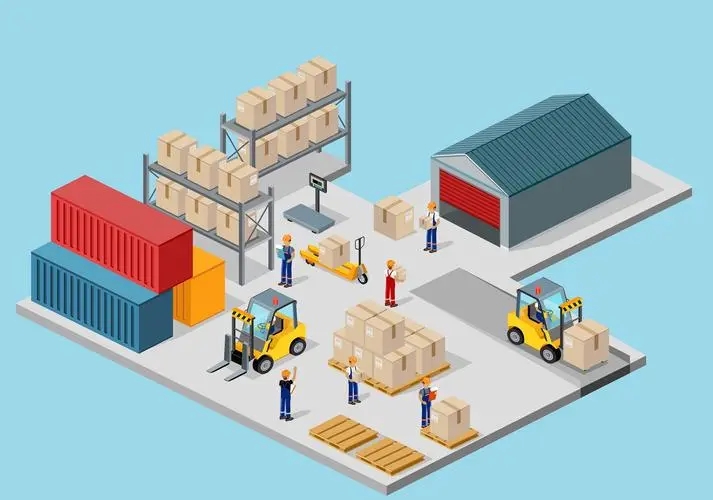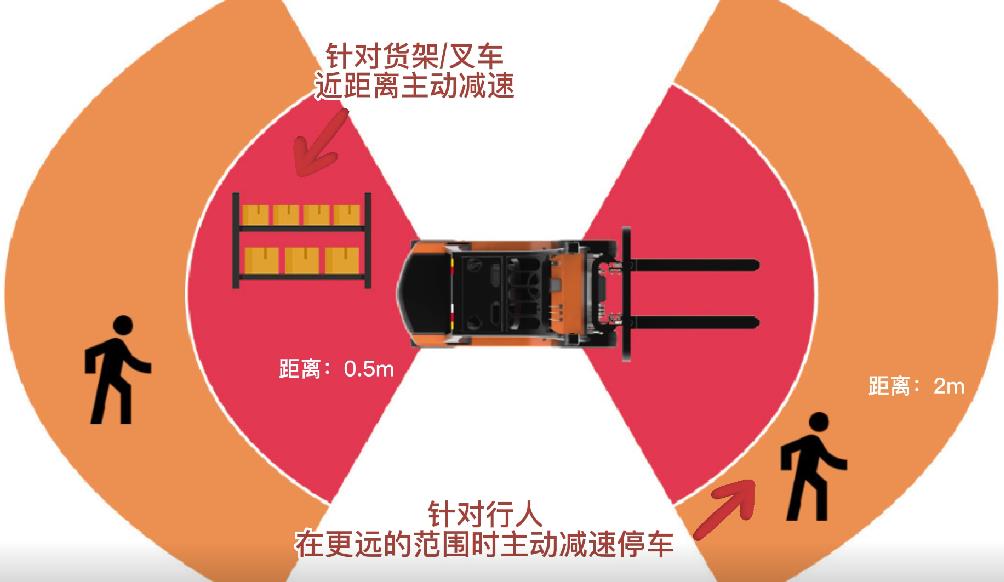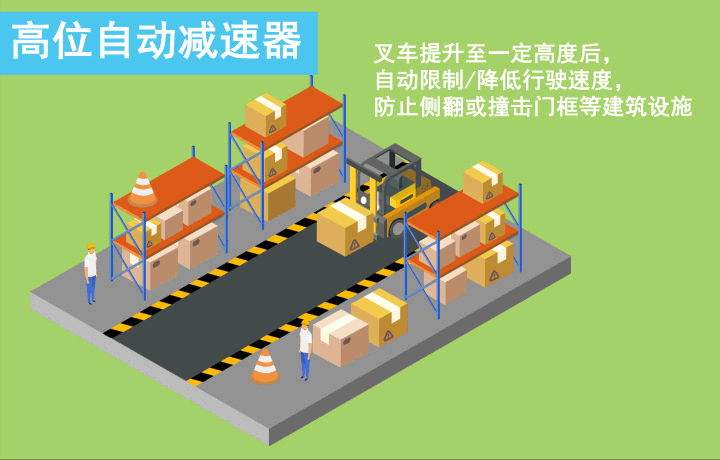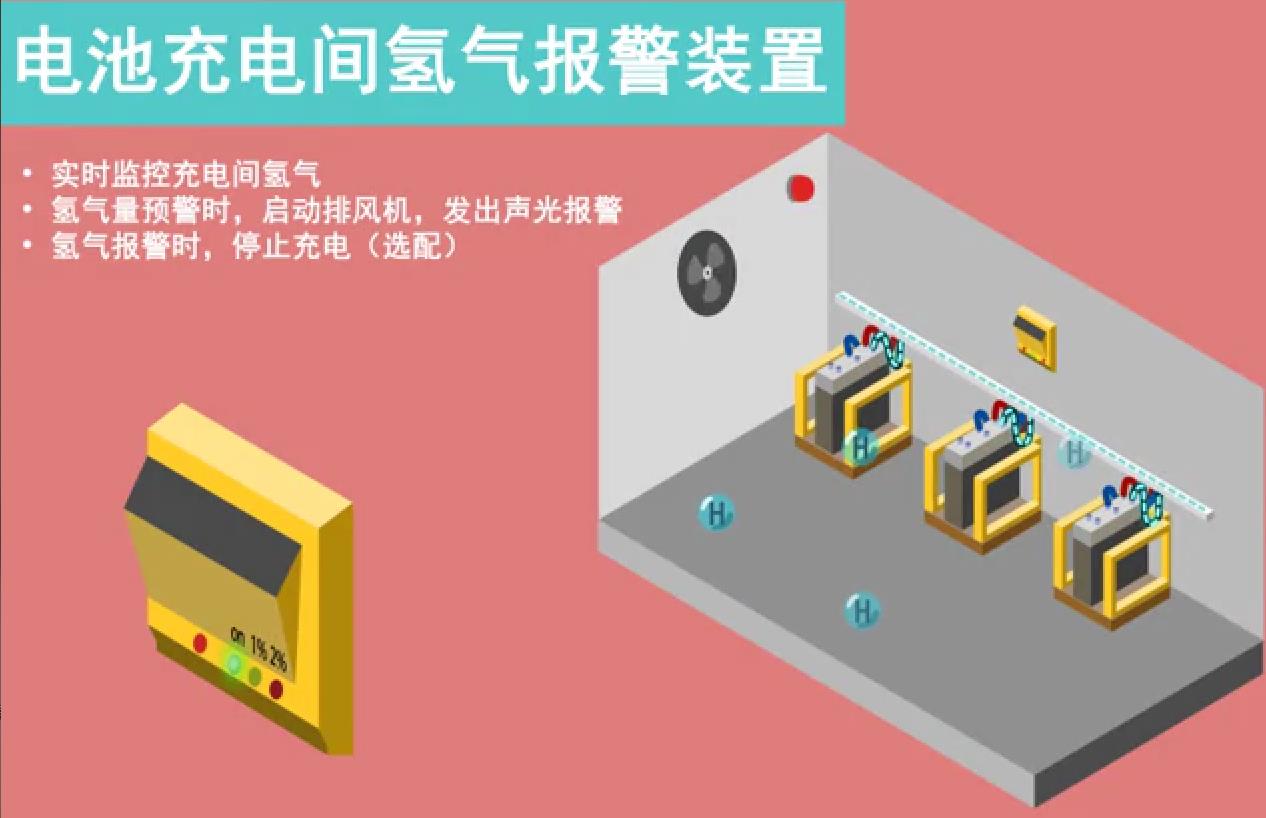Industry Dynamics
Ten guidelines on forklift safety
Counts:230 Time: 22-09-12 From: Suzhou Teknect Engineering Co., Ltd.OSHA counts 110,000 forklift accidents per year on U.S. construction sites. Despite the many benefits of forklifts and power industrial equipment, they also pose many hazards to pedestrians and drivers, as well as serious injuries when used unsafely. Here are 10 rules on how to use forklifts in the workplace, common hazards, and OSHA for forklift training.

(Forklift Safety Management Company).
1. Understand the statistics
Understand the dangers of using forklifts in loading docks and warehouses it is important. Keep these statistics in mind when training workers to operate forklifts safely.
More than 1,000,000 forklifts operating
across the United States Forklift accidents cost businesses $
135,000,000 a year About 70 percent of accidents
can be avoided with proper training OSHA estimates that there are 110,000 forklift accidents
per year About 20,000 workers are injured in forklift-related accidents each year
Forklift-related citations are typically one of OSHA's top ten violations each year:
2,860 violations in 2016 (sixth highest number of citations)
20152, 760 violations (sixth in number of citations)
3,147 violations in 2014 (fifth in number of citations)
3,340 violations in 2013 (sixth in number of citations).
1,993 violations in 2012 (seventh highest number of citations)
3,432 violations in 2011 (seventh in terms of citations)
Forklift and power truck deaths
2014–89
2013–91
2012–95
2011–66
Forklift overturns were the leading cause of forklift fatalities; They accounted for 22 percent of all forklift-related deaths, workers hit by forklifts accounted for 20 percent of all forklift-related deaths, victims crushed to death by forklifts accounted for 16 percent of all deaths, and victims who fell from forklifts accounted for 9 percent of all forklift fatalities.
Between October 2015 and September 2016:
1,619 federal inspections resulted in 2,349 forklift-related subpoenas with fines totaling USD 4,266,235
In that total....
756 federal inspections resulted in 1,076 forklift-related citations in manufacturing, totaling $
1,640,164 fines 212 federal inspections resulting in 332 forklift-related citations in the wholesale trade industry, with fines totaling $566,827
175 federal inspections resulted in 219 forklift-related citations in the construction industry, with a total fine of $
326,605 188 federal inspections resulting in 292 forklift-related citations in the transportation and warehousing industry, with a total fine of $943,617
118 federal inspections resulted in 169 forklift-related citations in the retail trade industry, totaling $
350,548 in fines 2
T These are the seven commonly used forklift types approved by OSHA, as well as the different types of trucks that are unique to each category.
Electric motor riding forklifts (such as rider-type counterbalance forklifts and seated three-wheel electric trucks)
Electric narrow-aisle trucks (such as high-lift straddle trucks and platform side loaders
). Electric trolleys (e.g. low-lift pallet trucks and high-lift straddle carriers)
Internal combustion engine forklifts with solid/cushioned tires (e.g. counterbalanced forklifts with cushioned tires)
Internal combustion engine forklifts with pneumatic tires (e.g. counterbalanced forklifts with pneumatic tires)
Electric and internal combustion engine forklifts
Rough terrain forklifts (such as vertical mast forklifts, variable forward forklifts and truck trailers
). 3. Understanding Common Forklift Hazards
Here is a quick look at some of the common hazards associated with forklifts.
Unsafe loads can fall, crushing pedestrians or drivers. <
Forklifts can tip over
due to excessive speed or unbalanced loads, and workers standing on forks may fall
Drivers may not be able to see pedestrians, resulting in collisions and fatal accidents
Incorrect or missing floor markings can lead to accidents
between forklifts and pedestrians 4. Understand the requirements
Before any employee controls the forklift, make sure they are trained as required by OSHA.
Employers must have a training program that contains general principles for safe operation, the type of vehicle used, any hazards arising from the use of forklifts and powered industrial equipment, and OSHA's general safety requirements.
Trained forklift operators must know how to get the job done safely, as shown in the workplace assessment.
Employers must provide formal and practical training. This may include some combination of using lectures, videos, software training, written materials, presentations, and practical exercises.
The employer must certify that the operator has received all the necessary training and that each operator is evaluated at least once every three years.
Employers must evaluate the operator's performance and believe that the employee is capable of operating a powered industrial truck before operating the truck.
5. Know what
to look out for Employees and employers should work together to ensure that forklifts can be used safely before driving. BBefore using a forklift, follow the steps below.
Daily inspection
of all forklifts in use Check tires and oil level
Check water, Oil or radiator leaks
ensure that the forks are straight and not cracked
Test brakes, lights, horns, and steering wheels
Look for obstacles, uneven surfaces, overhead obstacles, and other potential hazards
6.Stay safe
when using forklifts Workers should do the following while driving to protect themselves and their colleagues:
Make sure the load is balanced and fully fixed to prevent the forklift from tipping over
before lifting to make sure both forks are as far away from the load
as possible Drive
safely with the lowest possible load Pay attention to the speed limits and warning signs
posted Always look in the direction you are traveling; IIf the load blocks the view ahead, drive
in reverse Avoid areas where
forklifts are prohibited or restricted Pay attention to pedestrian and forklift signs, floor markings, and other warnings
Use horns
at intersections and areas where pedestrians may be present Facilities of any size should have clear rules for forklift safety.
7. Keep an eye on your facilities
Even if you don't operate a forklift, you can take steps to ensure the safety of your workers. Here are some tips to keep in mind:
Post forklift safety signs, aisle markings, and forklift program labels – use prefabricated signs, custom labels, or a combination
of both To implement a floor marking system in your facility
Ensure that all intersections where pedestrians and vehicles intersect have safety signs
using steering wheel covers and padlocks
if necessary Use appropriate locking/tagout equipment to prevent accidental start-up
of forklifts Request a free Warehouse Safety Hazards and Solutions Guide from a professional body for more information about identifying and mitigating hazards in your facility. <
8. Implement a floor marking system to ensure worker safety
OSHA maintains the basic rules and regulations for effective plate marking. 29 CFR 1910.22(b)(2), part of the agency's walking and working surface standards, states: "Permanent aisles and passages shall be appropriately marked." "Broader standards do not set guidelines for floor marking colors unless floor markings are used to prevent personal injury.
That is, 29 CFR 1910.144 (the agency outlines the standard for safe color codes) mentions that red and yellow are designated safety color codes used to mark physical hazards.
Red indicates fire-related hazards, including identifying fire-resistant equipment and flammable liquid containers, as well as emergency switches, bars, and buttons on hazardous machines.
Yellow indicates caution and is used to flag physical hazards (including tripping, falling, and "getting caught in the middle").
Improve visual communication with Graphic Products' Floor Marking Resource Center. Visit our floor marking color coding infographic, floor marking hands-on guide, in-depth articles, helpful videos, on-demand webinars, and more: Improving Your Floor Marking System
9.Develop a Visual Communication System
Here are some successful visual communication techniques that can alert operators and pedestrians to the dangers posed by forklifts:
Use "stop" signs, speed limit signs, and other traffic control devices
to implement pathfinding to improve traffic flow, Keep pedestrians off forklift paths and guide forklifts
along safe routes Point out loading docks, stockpiles, and other important locations
in warehouses Post signs at intersections warning pedestrians and forklift operators to stop and look for hazards
Show a list of forklift storage locations and inspection requirements
10.Implement a forklift safety solution
Many of the dangers posed by forklifts can be avoided by active safety systems:
seatbelt interlock switches – forklifts cannot be started without belts;
Overload locking and speed control - forklifts cannot be driven or limited speed after overloading;
Forklift safety and collision avoidance - encounter pedestrians or shelves, take the initiative to warn and reduce speed, and stop braking at dangerous distances;
High-level automatic deceleration - when the load rises to a certain height, it automatically limits/reduces the driving speed;
Charging alarm - monitor charging hydrogen, when the concentration exceeds the standard, self-starting the exhaust fan, issuing a sound and light alarm;
E-Xin An is a professional forklift safety management company, and the above ten guidelines on forklift safety have also made specific provisions. If you have forklift safety and collision avoidance or forklift management and other issues, welcome to leave a message to consult!
|
|

 ENGLISH
ENGLISH  简体中文
简体中文


